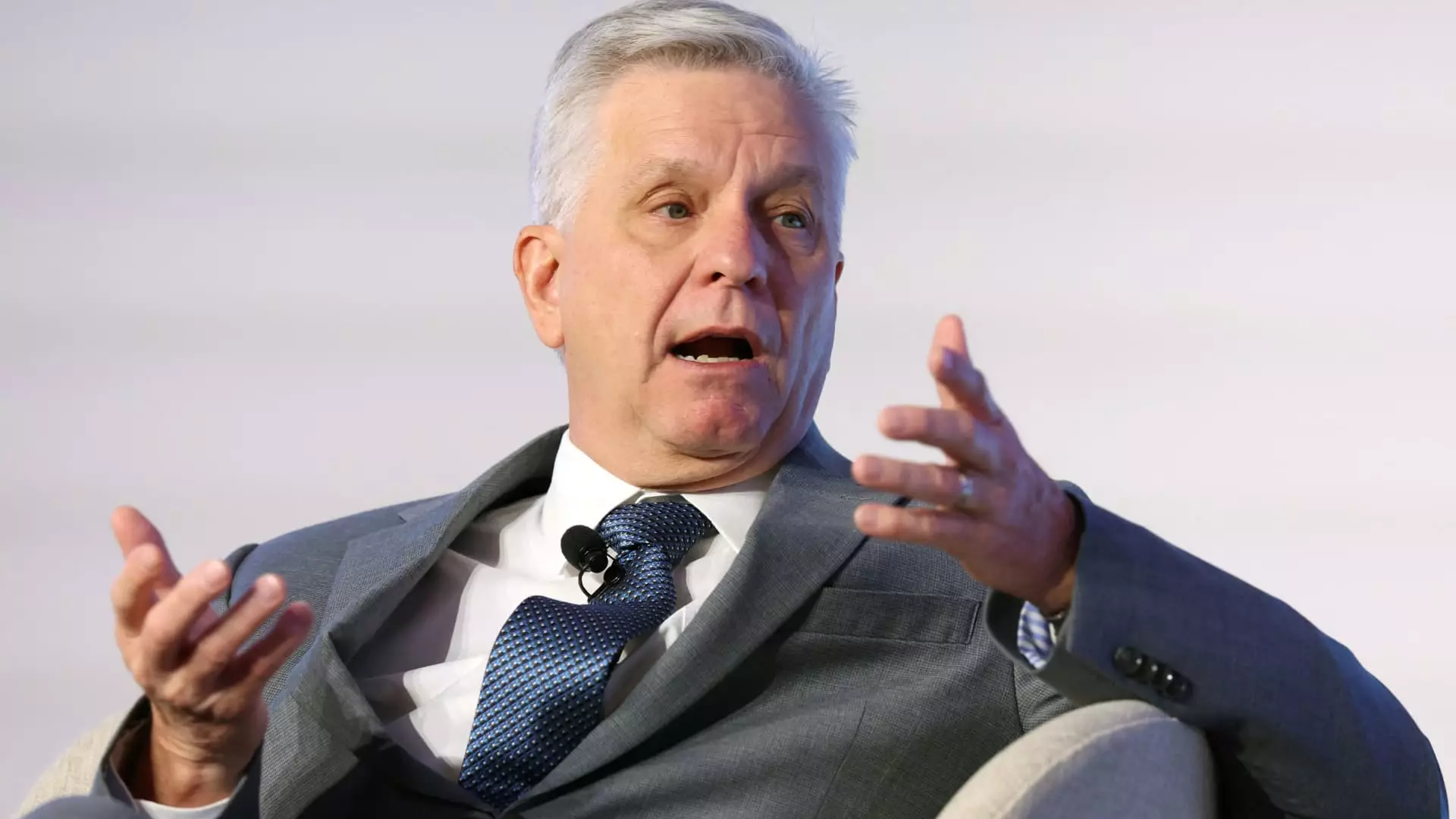In the dynamic landscape of monetary policy, the Federal Reserve (Fed) plays a pivotal role in shaping the economic environment of the United States. Recently, Federal Reserve Governor Christopher Waller addressed the potential for interest rate cuts in the near future, signaling a significant shift in strategy if inflation rates continue to fall as anticipated. This statement marks a departure from the cautious stance that has characterized Fed policy in recent months, suggesting that policymakers are beginning to reassess the economic indicators that guide their decisions.
During a CNBC interview, Waller elaborated on his expectations regarding interest rates, suggesting that multiple cuts could be on the table if inflation trends downward. He speculated that the first cut might occur in the first half of the year, contingent on favorable economic data emerging. This optimistic outlook reflects a broader belief that the Fed could respond promptly to improving economic conditions, provided that inflation and unemployment figures align favorably.
Following Waller’s remarks, market participants reacted swiftly, adjusting their expectations for the pace of interest rate reductions. Traders ramped up their bets on an aggressive series of cuts, with market-implied odds for a potential rate reduction in May increasing to approximately 50%. However, June emerged as the more likely candidate for the first decrease. The anticipation of a second cut by year-end also grew, reflecting a change in sentiment among investors regarding the Fed’s trajectory for interest rates.
This shift in market sentiment underscores the importance of Waller’s commentary, as investors continuously seek insights into the Fed’s decision-making process. The idea that a series of sequential cuts—potentially reaching three or four, based on economic conditions—could take place demonstrates a more proactive approach from the central bank, contrasting with the marked caution exhibited in the past.
Central to Waller’s forecast is the belief that inflation may continue its downward trend. Recent data, while indicating a 3.2% core reading in December—excluding food and energy—still highlighted the persistence of certain prices that have remained stubbornly high. This juxtaposition presents a critical challenge for policymakers as they navigate the complexities of economic recovery amidst volatile inflation metrics.
Waller’s optimism about falling inflation stands out against a backdrop of varied opinions among his colleagues. He suggested that over time, the year’s sticky inflation could dissipate, allowing the Fed to pursue a more aggressive monetary policy. However, this optimistic view raises questions about the reliability of future data and the Fed’s ability to accurately assess changing economic conditions. The historical context of the Fed’s decision-making, often scrutinized for lagging behind economic indicators, complicates Waller’s positive outlook.
As the Federal Open Market Committee (FOMC) prepares for its upcoming meeting on January 28-29, the tone set by Waller will likely fuel discussions about the appropriate response to current economic conditions. Despite Waller’s forecasts for interest rate cuts, he acknowledged the need for caution, indicating that there is no immediate rush to make sweeping changes.
This careful deliberation reflects the Fed’s broader strategy of maintaining flexibility in its policy direction. With previous projections indicating potential cuts in 2025, the latest comments suggest a willingness to reassess and adapt based on imminent data. The balance between taking decisive action and exercising caution becomes pivotal as the Fed seeks to navigate competing pressures in the economy.
The Federal Reserve’s current trajectory appears poised for potential adjustments driven by evolving economic indicators, particularly relating to inflation. Waller’s insights present an optimistic view of rate cuts that could materialize within the year, contingent upon favorable data trends. As market expectations shift, all eyes remain fixed on forthcoming economic reports and Fed meetings that will determine the next steps in monetary policy. The delicate interplay between optimism and caution will define the Federal Reserve’s approach as it works to stabilize the economy in a fluctuating global landscape.

